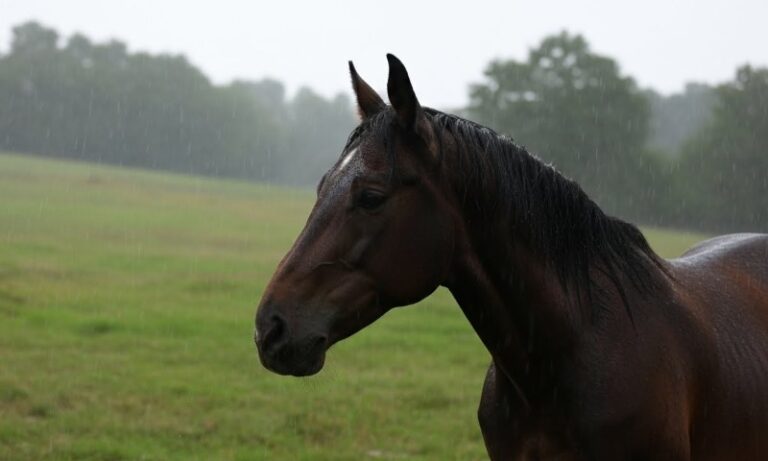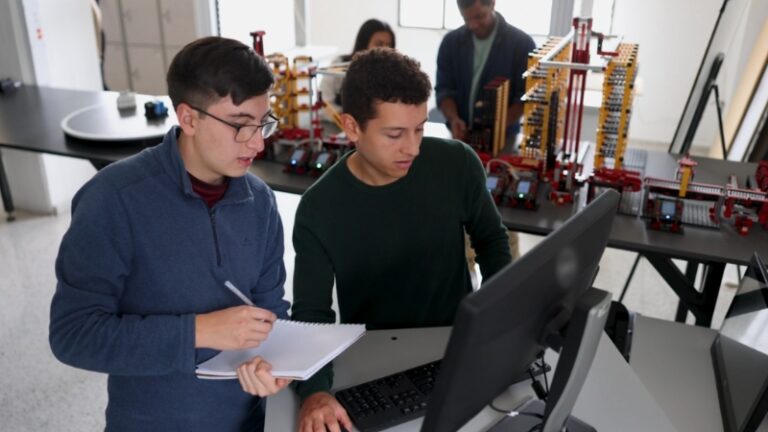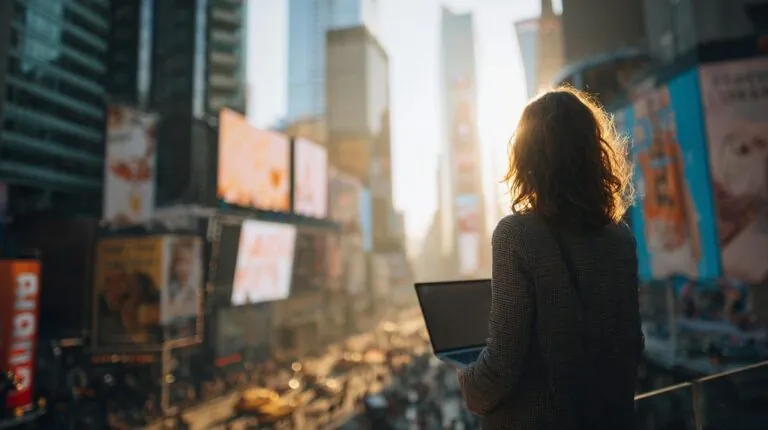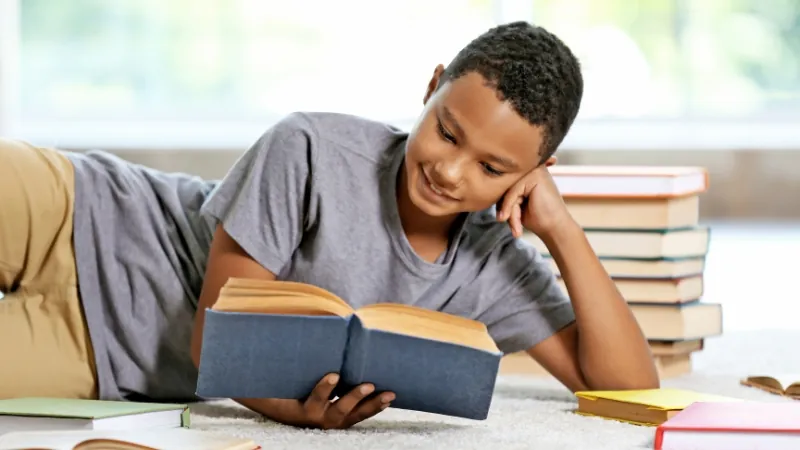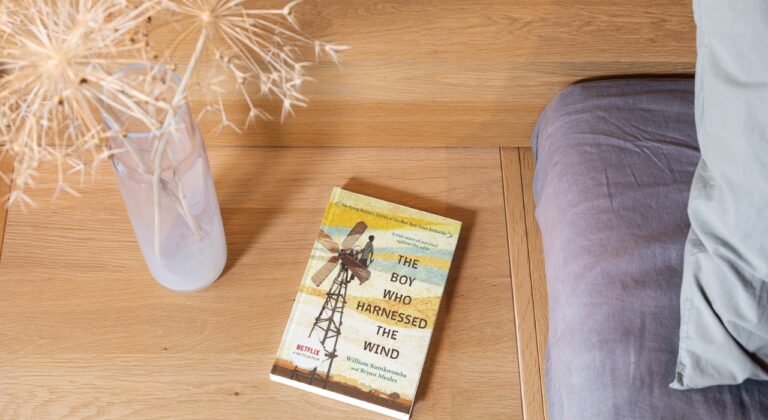Books about climate change for kids offer clear explanations of environmental challenges. Introducing kids to climate topics helps them develop early awareness of global warming.
Using books as a tool makes climate change education more approachable for children.
Why Climate Change Matters for Kids
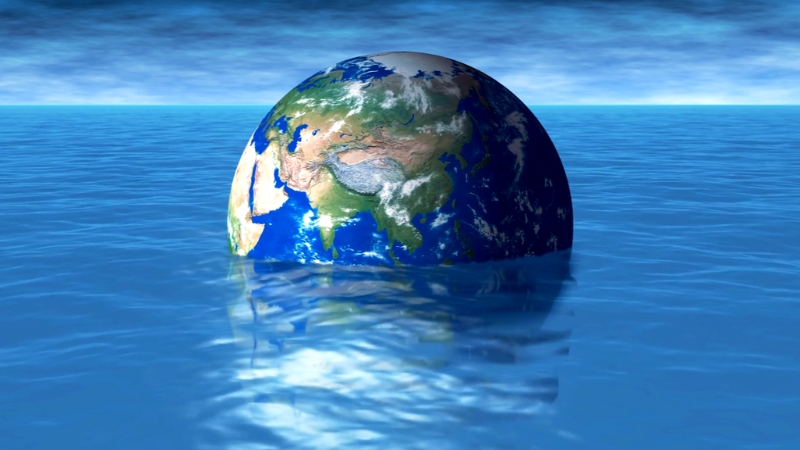
Climate change affects everyone. Teaching kids about global warming prepares them for future challenges. Books for kids on environmental conservation teach responsibility. They also spark curiosity and inspire proactive thinking.
Children exposed to environmental topics often exhibit increased empathy and a greater willingness to take action. Learning through stories fosters an understanding of issues such as deforestation, pollution, and biodiversity loss.
A strong foundation in environmental topics during childhood can lead to more sustainable behavior in adulthood.
Reason
Explanation
Builds awareness
Helps kids understand the impact of human actions on the environment
Fosters responsibility
Teaches kids how to care for the planet
Encourages curiosity
Inspires kids to learn more about environmental science
Promotes proactive thinking
Motivates kids to take small steps to make a difference
How Books Help with Climate Change Education
Books teach kids that individual actions matter. They show how simple steps can protect the planet. They also highlight the importance of teamwork and community efforts.
Stories make complex topics easier to grasp. They give kids tools to think critically. They create a natural entry point for deeper conversations about science and its role in responsibility.
1. The Lorax by Dr. Seuss
The Lorax introduces young readers to the effects of environmental destruction. The story uses simple language and bright illustrations. It emphasizes the importance of speaking up for nature.
The book follows the Once-ler, a character who exploits natural resources, and the Lorax, who speaks for the trees.
The narrative presents clear cause-and-effect connections, illustrating how greed and disregard for nature lead to harm. The message resonates with kids and encourages them to think critically about their choices.
Educators can use this book to introduce students to topics related to deforestation and conservation. Discussions can focus on the importance of sustainable practices and the role each person plays in protecting natural resources.
2. The Magic School Bus and the Climate Challenge by Joanna Cole
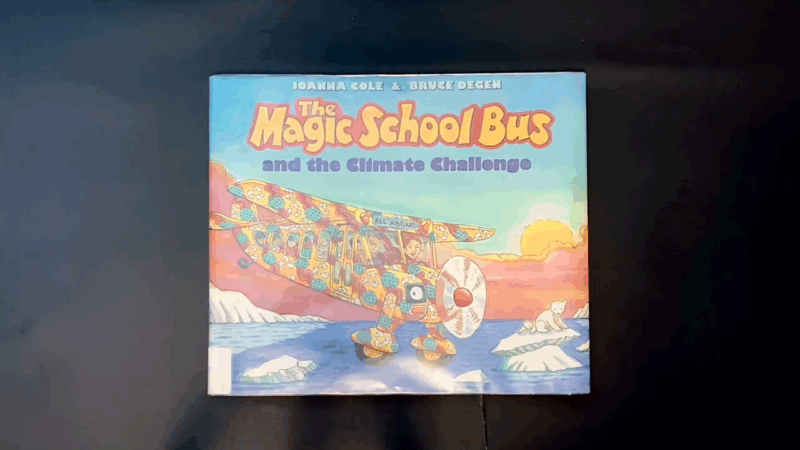
This book explains climate science in an engaging and accessible manner. It presents global warming and renewable energy through a school bus adventure. The characters make the topic relatable for young readers.
Ms. Frizzle and her class take a field trip into climate science. The book explores greenhouse gases, the role of carbon dioxide, and the importance of renewable energy sources.
Illustrations and dialogue keep kids interested and make scientific concepts easier to grasp.
Teachers can use this book to start classroom projects. Activities may include building simple models of renewable energy devices, measuring energy use at home, or discussing ways to reduce carbon footprints.
3. Our House Is on Fire by Jeanette Winter
View this post on Instagram
This biography tells the story of Greta Thunberg. It shows how one person can influence change. Children learn about climate activism and the importance of personal responsibility.
The story highlights Greta’s early experiences, her decision to protest alone outside the Swedish Parliament, and her rise to global prominence. The narrative focuses on determination and resilience, showing that even young voices can make a difference.
Parents and educators can use this book to encourage discussions about youth activism and engagement. They can help children think of ways to raise awareness in their schools or communities.
4. What Is Climate Change? by Gail Herman
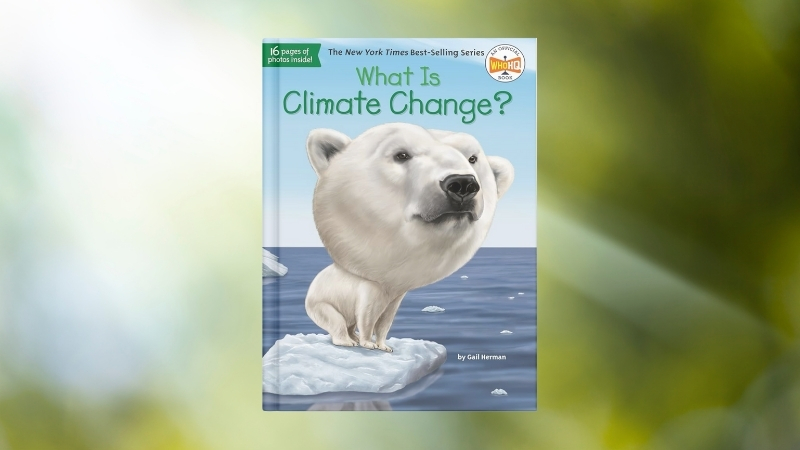
This book gives an introduction to climate change. It explains causes, effects, and potential solutions. It is easy to follow and appropriate for middle-grade readers.
The book provides straightforward explanations of global warming, the greenhouse effect, and how human activities contribute to climate change. It also explores potential solutions, including the use of clean energy and resource conservation.
Educators can assign writing exercises or group projects that relate to the book’s topics. Students can write letters to local officials or create posters promoting environmental protection.
5. The Great Kapok Tree by Lynne Cherry
#SPSYear4 are really enjoying their new class book, The Great Kapok Tree by Lynne Cherry. We’ve been finding out today about how the different rainforest animals feel about the tree being cut down! #SPSLLC #SPSEco #EcoWarriors pic.twitter.com/qtvS6hIc4Y
— Sully Primary School (@SullyPS) March 30, 2022
The Great Kapok Tree highlights the importance of the rainforest. It illustrates how deforestation affects many animals. The story encourages environmental conservation.
A man plans to cut down a large tree but falls asleep under its branches. Animals visit him in his dreams, explaining how their lives depend on the tree. When he wakes up, he decides to leave the tree standing.
The book offers opportunities to discuss ecosystems and the interconnectedness of species. Children can explore food chains, biodiversity, and the importance of protecting habitats.
6. We Are Water Protectors by Carole Lindstrom

This book draws on Indigenous perspectives. It focuses on protecting water resources. The message promotes respect for nature and community action.
The story follows a young girl who joins a movement to protect her community’s water. It highlights the dangers of oil pipelines and the importance of clean water for all living things.
Teachers can integrate this book into discussions on environmental justice. Students can create art projects or write about local water sources and the importance of protecting them.
7. The Wild Robot Protects by Peter Brown
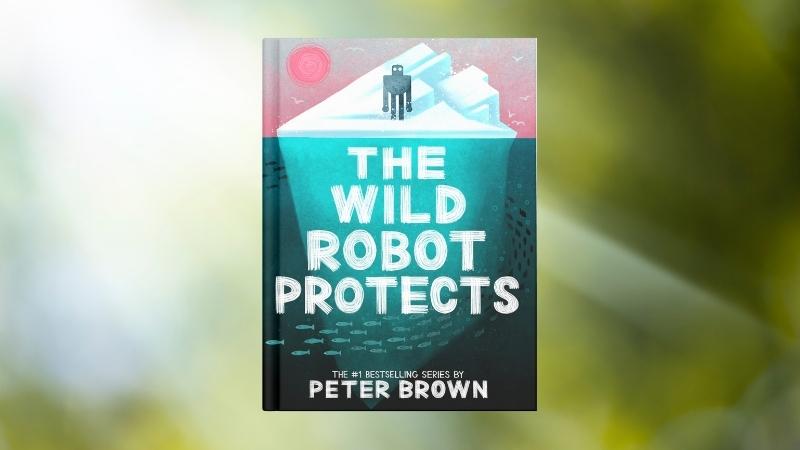
In this story, Roz the robot faces environmental threats. The book presents pollution and ecological balance. It offers lessons about teamwork and responsibility.
Roz and her animal friends collaborate to address environmental issues. The story promotes cooperation and care for the natural world.
Educators can use the book to introduce environmental science topics. Class discussions can focus on human impact on ecosystems and how teamwork can solve environmental challenges.
8. Ivan’s Appeal by Catherine Drury
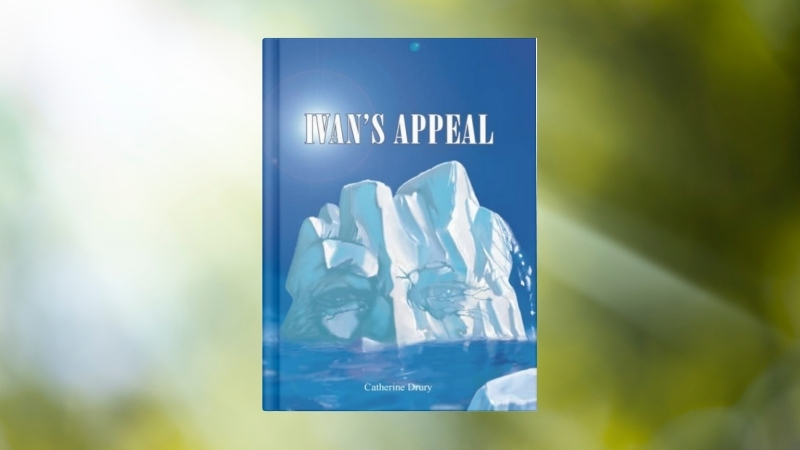
Ivan the Iceberg seeks help from children. The story illustrates the impact of global warming. It presents an emotional appeal for environmental action.
Ivan’s journey makes the abstract concept of melting icebergs relatable. It helps kids connect with environmental challenges on a personal level.
Teachers can guide students in creating their own environmental stories. They can also discuss real-world examples of climate change affecting communities and wildlife.
9. Planet SOS by Marie G. Rohde
Planet SOS introduces mythical creatures as representations of environmental issues. Each beast represents a different ecological threat. The book encourages readers to think about conservation.
Colorful illustrations and engaging narratives help simplify complex topics. Readers learn about threats like pollution, deforestation, and resource waste.
Classroom activities can include designing posters or presentations about different environmental threats. Students can also research local conservation efforts and share their findings with others.
10. Our World Out of Balance by Andrea Minoglio
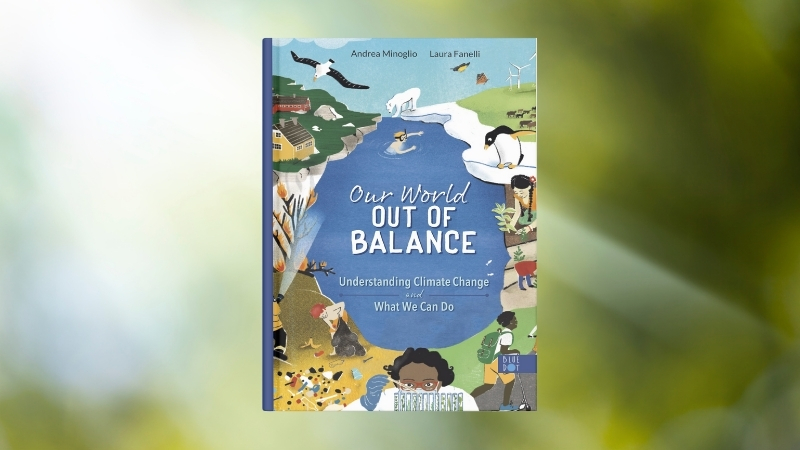
This book describes the real-world effects of climate change. It suggests steps kids can take to make a difference. The text is direct.
Topics include melting ice caps, rising sea levels, and extreme weather. The book offers suggestions like reducing waste, saving energy, and planting trees.
Families can use this book as a starting point for discussions about household sustainability. They can create action plans to reduce their carbon footprints.
11. A Kid’s Guide to Climate Change and Global Warming by Cathryn Berger Kaye
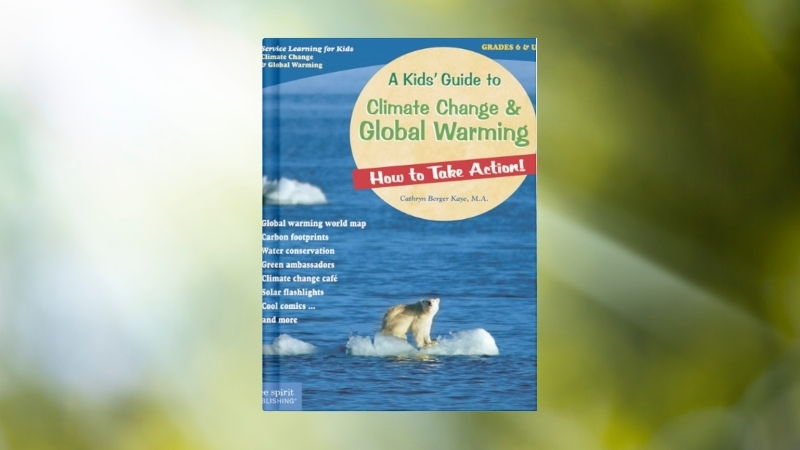
The guide combines facts with activities. It encourages kids to take environmental action. It also offers tips on reducing waste and conserving energy.
Activities include creating recycling plans, writing to community leaders, and starting school projects focused on sustainability. The hands-on approach empowers kids to take initiative.
Parents and teachers can use the guide to plan interactive lessons. They can also organize school-wide sustainability campaigns based on the activities.
12. Children for Chang, edited by Konnie Huq
View this post on Instagram
Children for Change is a collection of stories and poems. It focuses on environmental topics. It aims to inspire young readers to care about the natural world.
The collection includes contributions from well-known authors and environmental activists. It promotes optimism and practical solutions.
Schools can distribute copies to encourage reading for environmental education. Discussions can follow each story to reinforce the messages.
More Recommendations for Educators and Parents
Action
Benefit
Choose books with clear language and visuals
Helps kids understand complex topics
Include stories with real-life actions
Shows practical ways to help the environment
Feature diverse perspectives
Highlights different experiences and solutions
Integrate books into the curriculum
Connects reading with science, geography, and social studies
Organize reading groups
Builds community and reinforces learning
Encourage writing and art
Develops creativity and critical thinking
Invite guest speakers
Provides real-world insights on environmental issues
Plan field trips
Offers hands-on learning experiences
Reading Comprehension and Activities
Kids can answer questions after reading. They can write summaries of what they learned. They can create art inspired by the books.
Educators can assign projects about local environmental issues. Parents can discuss with their kids the household actions that help protect the environment.
How to Build an Effective Learning Plan
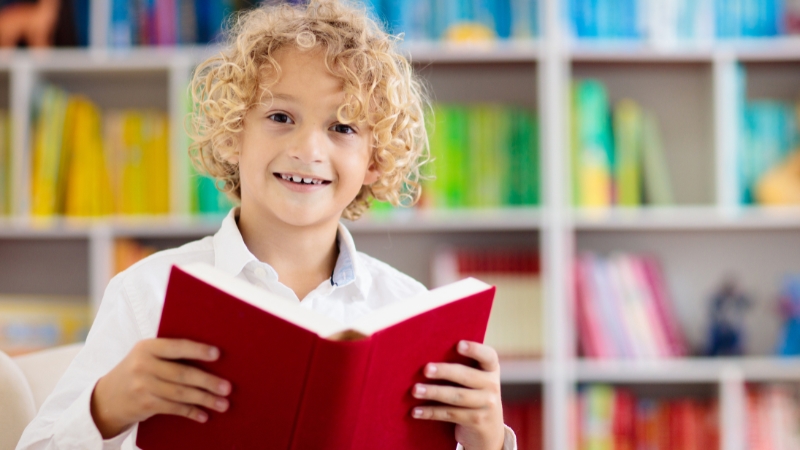
Pick books that match the child’s age and interests. Combine reading with discussions and activities. Include real-life examples and action steps.
Create a schedule to maintain consistent learning. Make learning fun with games, challenges, and rewards.
Common Misconceptions About Climate Change
Many people think climate change is a distant problem. Kids may believe that only adults can help. Books demonstrate that small actions can make a significant difference.
Some think it costs too much to make changes. Many books explain simple, low-cost solutions. Stories also show how teamwork and creativity can solve problems.
Another misconception is that kids cannot influence adults. Stories often show how young voices can inspire entire communities to change.
FAQ
Final Thoughts
Climate change education for children is essential. Books about climate change for kids make the topic accessible.
They inspire young readers to care for the planet and take positive action. Educators and parents can utilize books to promote awareness, encourage critical thinking, and cultivate environmental stewardship.
Expanding reading lists and engaging children in conversations will help them develop a deeper connection to the natural world. By using books effectively, adults can nurture informed and responsible future leaders who will protect the planet.


